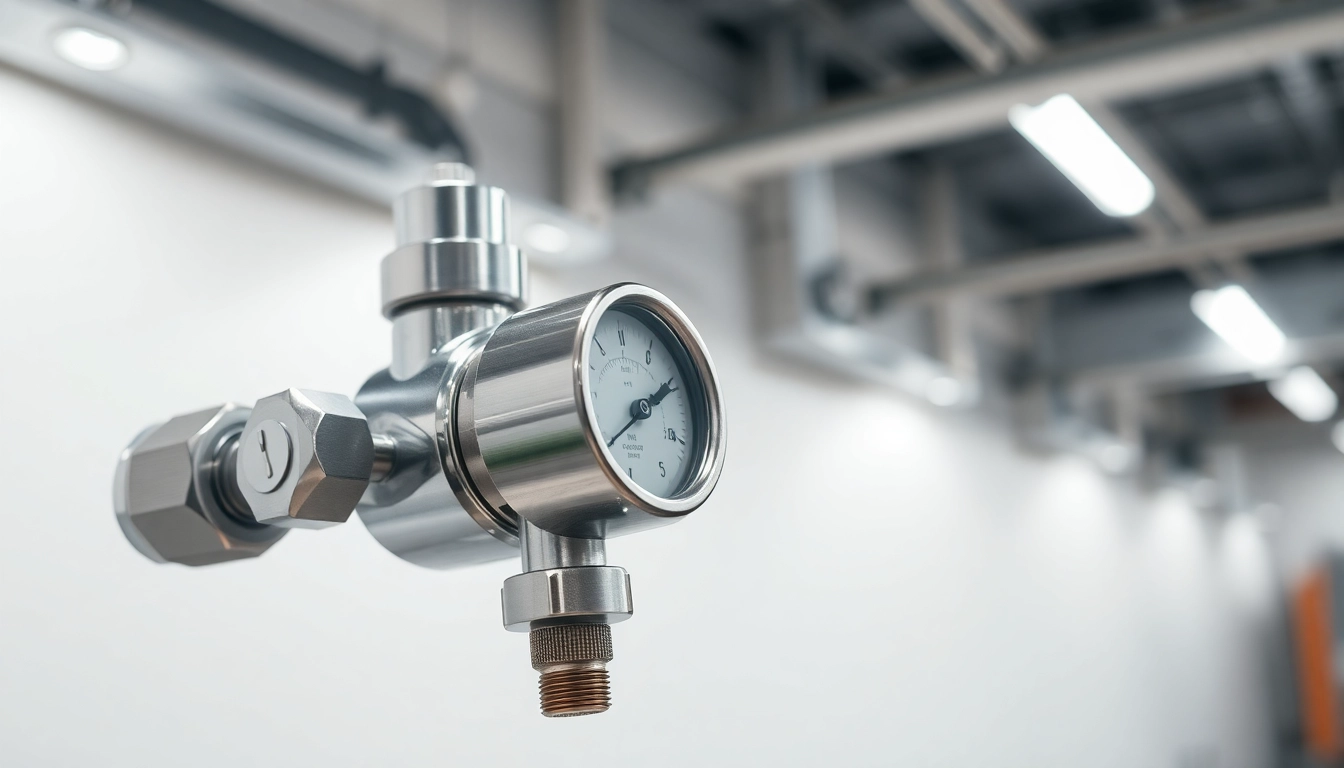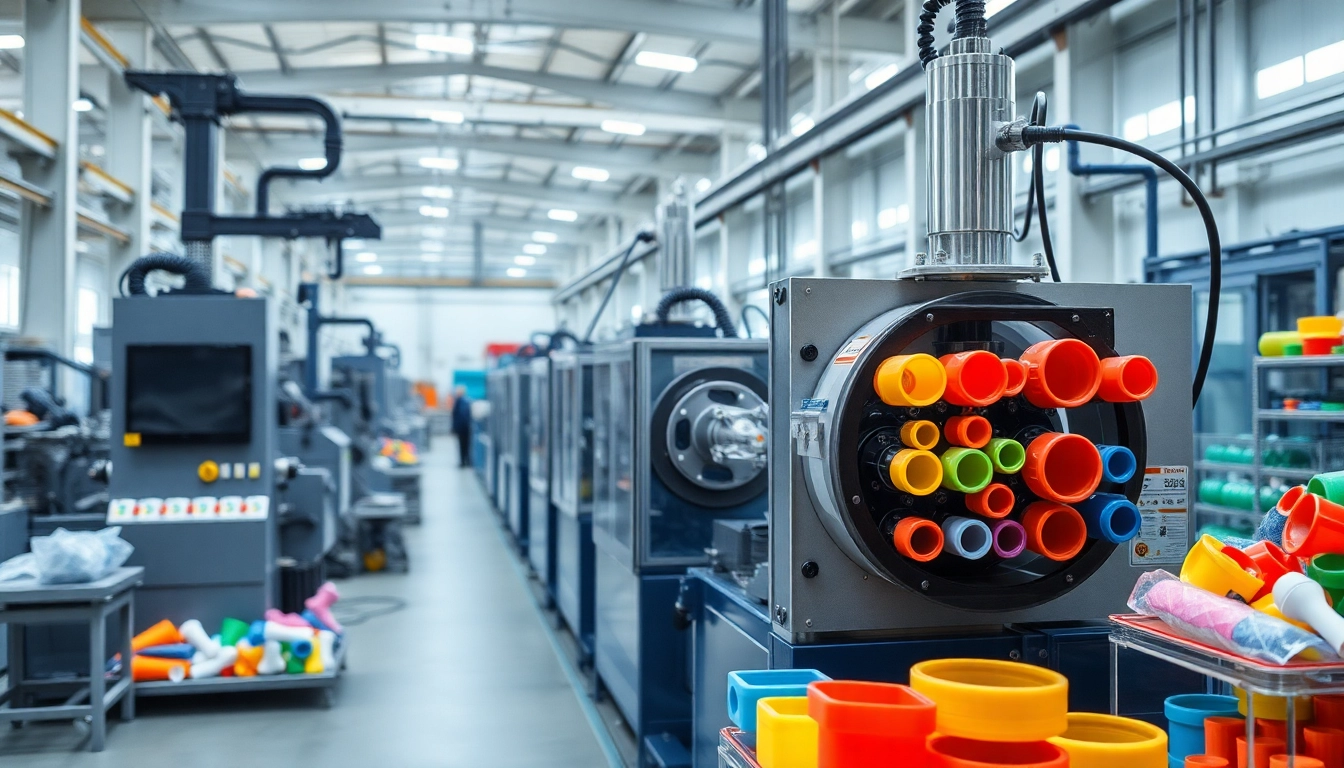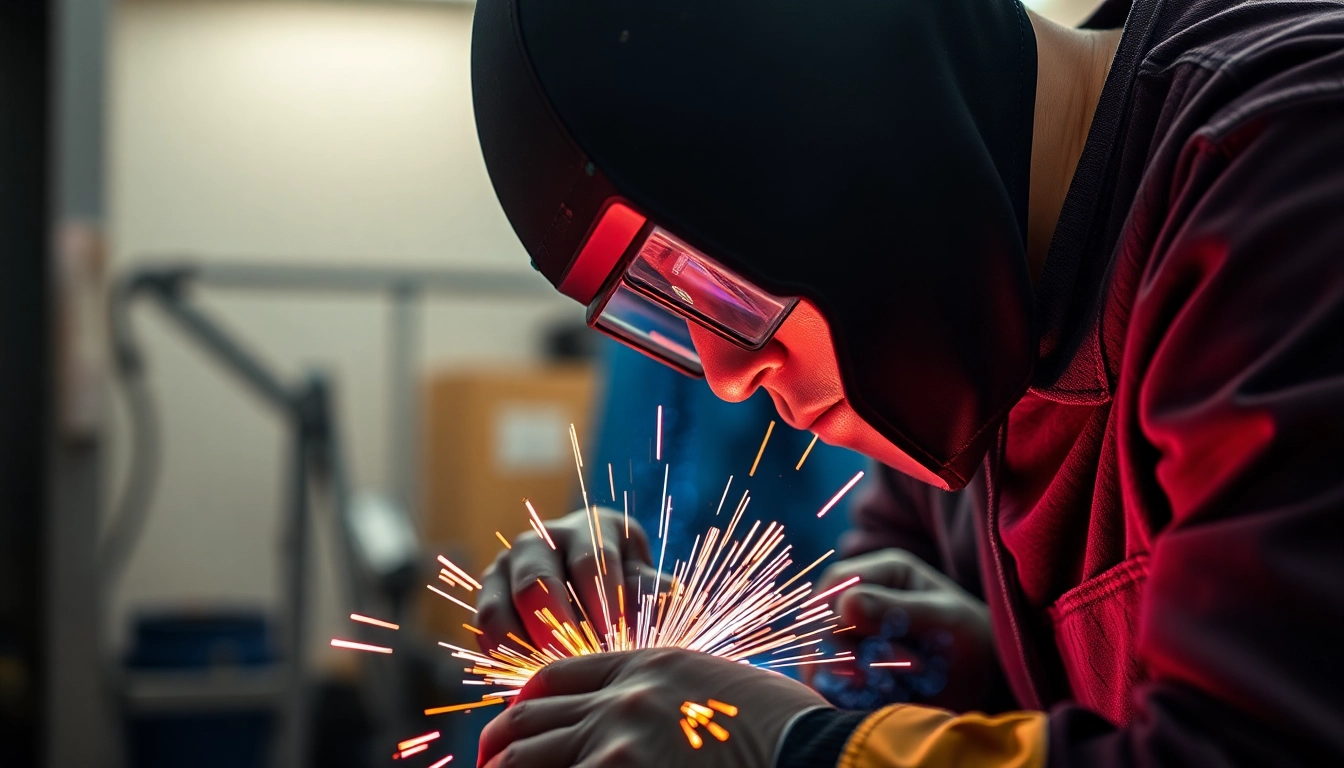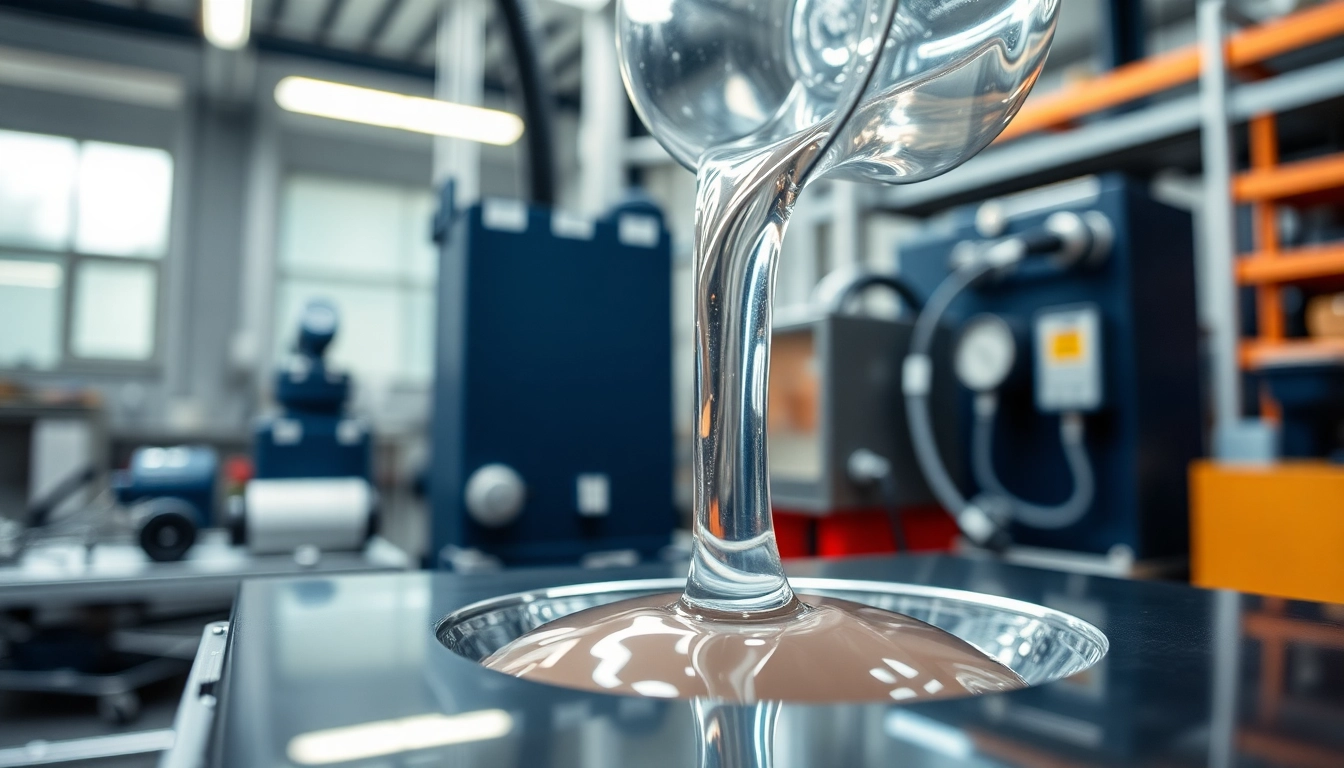Understanding Nitrogen Regulators
What is a Nitrogen Regulator?
A nitrogen regulator is a vital component used in various applications to control the pressure and flow of nitrogen gas from a storage cylinder or tank to the point of use. They ensure that nitrogen is delivered at a safe and consistent pressure for various industrial and commercial applications. Whether in HVAC systems, food and beverage processing, or other sectors that rely on nitrogen as an inert gas, regulators are essential for maintaining efficiency and safety in operations.
That said, the understanding of the working principles behind nitrogen regulators is crucial for effective use. Nitrogen regulators are designed to precisely reduce high inlet pressures from nitrogen cylinders—which can reach up to 2,500 PSI (173 Bar)—to a manageable outlet pressure suitable for specific applications. For a closer examination of available units, you can explore the nitrogen regulator section on various supplier websites.
How Do Nitrogen Regulators Work?
Nitrogen regulators operate through a series of mechanics that include a diaphragm, valve, and an outlet gauge. When nitrogen gas is released from a high-pressure cylinder, the regulator steps down the pressure to a predetermined level. The following outlines the core processes:
- Pressure Reduction: The internal diaphragm moves under the pressure of incoming nitrogen gas, adjusting the valve to maintain a set output pressure.
- Flow Control: Regulators provide not just pressure reduction but also flow control. By adjusting knobs or controls, users can vary the flow rate according to system requirements.
- Safety Measures: Most nitrogen regulators come equipped with safety features like pressure relief valves to prevent system failures due to excessive pressure.
Key Features of Nitrogen Regulators
Recognizing the key features of nitrogen regulators can aid in selecting the right model for specific applications. Here are some notable attributes:
- Gauges: Clear, easy-to-read gauges indicate both the outlet and inlet pressure, making it simple for users to monitor performance.
- Durability: High-quality materials and construction methods enhance longevity, especially in demanding environments.
- Compatibility: Many nitrogen regulators are adaptable for use with various gases and cylinder types, expanding their usability.
Types of Nitrogen Regulators
Single-Stage vs. Multi-Stage Regulators
Nitrogen regulators come in single-stage and multi-stage options, each catering to different needs. Single-stage regulators reduce pressure in a single step and are typically easier to use and maintain. However, they are best suited for applications that require less precision in pressure control.
In contrast, multi-stage regulators offer superior accuracy and are ideal for applications requiring constant pressure under varying flow conditions. The transition between stages allows for finer control and is generally used in more critical operations.
High-Pressure vs. Low-Pressure Options
High-pressure nitrogen regulators are designed to manage the high pressures found in industrial cylinders. They are capable of functioning effectively with inlet pressures often exceeding 2,000 PSI. These models are suitable for heavy-duty applications that rely on substantial gas flow.
Conversely, low-pressure regulators deliver reduced gas flow and are typically used in less demanding situations, such as in beverage dispensing or light-duty HVAC applications. Understanding the operational need is vital in deciding which type to choose.
Specialty Nitrogen Regulators for Specific Applications
There are specialty nitrogen regulators tailored for unique operational needs, including:
- Dual-Outlet Regulators: Ideal for setups necessitating nitrogen distribution to multiple locations simultaneously.
- High-Flow Regulators: Designed for applications that demand a rapid nitrogen release, such as purging or testing processes.
- Specialized Connection Types: Some regulators are fitted with unique connections, catering to specific requirements in industrial and laboratory environments.
Applications of Nitrogen Regulators
Nitrogen Regulators in HVAC Systems
In HVAC systems, nitrogen regulators are crucial for testing leaks. By pushing nitrogen through the system, technicians can identify any leaks or weaknesses. The regulated flow allows for precise pressure settings that are essential for accurate diagnostics.
These regulators are also employed in the purging process, removing contaminants that could impair system efficiency. As nitrogen is inert, it won’t react with other elements, making it ideal for maintaining system integrity.
Use in Food and Beverage Industries
The food and beverage sectors utilize nitrogen regulators extensively, particularly in applications like beer dispensing, where nitrogen carbonation enhances flavor and texture. Here, regulators maintain the pressure required to allow beer to flow smoothly without losing carbonation.
Moreover, nitrogen is often used to preserve food by displacing oxygen, thus prolonging shelf life. Regulating this process is vital to ensure food safety and quality standards are upheld.
Industrial Applications and Benefits
Nitrogen regulators find extensive use in various industrial applications, such as inerting, purging, and pressure testing. They play a pivotal role in preventing oxidation and contamination in chemical processes, especially in industries like electronics and pharmaceuticals.
The consistent demand for nitrogen in these applications underscores the critical nature of having reliable regulators to control pressure and ensure operational safety. The benefits include increased efficiency, cost savings on material waste, and enhanced safety measures.
Choosing the Right Nitrogen Regulator
Factors to Consider When Buying
Choosing the right nitrogen regulator involves considering several factors:
- Pressure Requirements: Determine the inlet and outlet pressure needs for your specific application.
- Flow Rate: Assess the flow rate necessary for your operations to ensure you select a regulator that meets those demands.
- Material Compatibility: Ensure that the regulator’s material can withstand the ambient conditions and substances it may come into contact with.
- Certification and Standards: Look for regulators that meet industry standards and certifications to ensure safety and reliability.
Top Brands to Consider
When selecting a nitrogen regulator, consider established brands known for their reliability and performance. Some reputable manufacturers include:
- Victor: Known for high-quality welding and cutting equipment, including nitrogen regulators.
- Smith: Offers a range of reliable and durable regulators suitable for various applications.
- Uniweld: Known for compact and effective nitrogen regulators, particularly in HVAC applications.
Common Pitfalls and How to Avoid Them
Avoiding common mistakes when purchasing nitrogen regulators is important to ensuring their effective function. Here are some pitfalls to watch out for:
- Purchasing Incompatible Models: Ensure that the connections and pressure ranges of the regulator match your equipment.
- Underestimating Pressure Needs: Failing to accurately assess the required pressure can lead to operational inefficiencies or failures.
- Neglecting Maintenance: Regular maintenance is vital. Skipping maintenance can lead to equipment failure and hazardous situations.
Maintenance and Safety for Nitrogen Regulators
Regular Maintenance Tips for Longevity
Maintaining your nitrogen regulator can greatly extend its lifespan and ensure consistent performance. Here are some essential maintenance tips:
- Inspect Regularly: Check for leaks and wear during regular inspections. Early detection can prevent serious failures.
- Clean Connections: Always clean the connection points before use, as contaminants can compromise performance.
- Replace Seals and Filters: Regularly replace these components to ensure optimal functioning and seal integrity.
Safety Precautions During Use
Safety is paramount when using nitrogen regulators. Consider the following precautions:
- Use in Well-Ventilated Areas: Since nitrogen is an asphyxiant, ensure adequate ventilation when using nitrogen gas.
- Wear Protective Gear: Use appropriate personal protective equipment, including goggles and gloves, to protect against leaks and splashes.
- Secure All Connections: Ensure all connections are tightened appropriately to avoid gas leaks.
Troubleshooting Common Issues
Even the best nitrogen regulators can experience issues. Here are some common troubleshooting steps:
- Pressure Drops: Check for leaks at the connection points and inspect the regulator for damage.
- Inconsistent Flow: This might indicate a clogged filter or wrong pressure settings; inspect and adjust as necessary.
- Gauge Malfunction: In case the gauge is not reflecting accurate readings, it may need recalibration or replacement.



